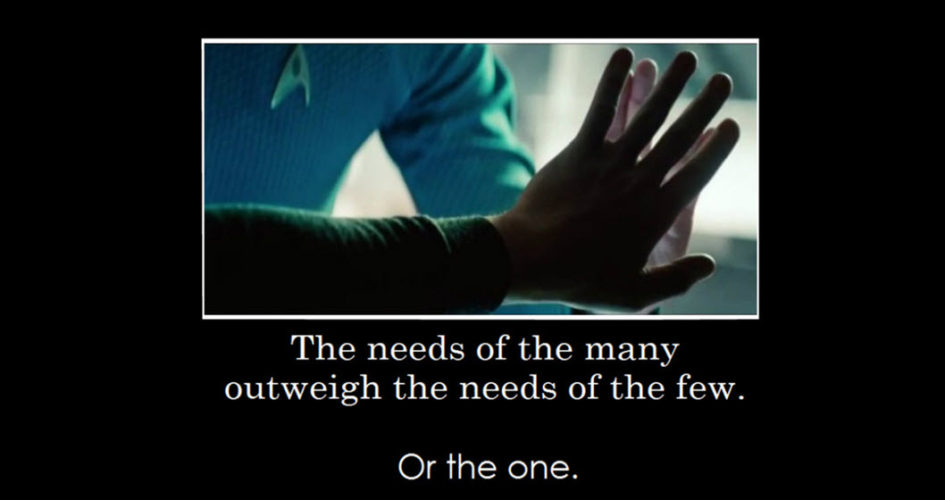This is the 3rd in the 5-part series on things to consider when designing incentive and recognition strategies for the enterprise.
First of all, please don’t assume any of these individual postings in the series are exhaustive of how to design a program. There are so many variations and options with respect to program design it is impossible to detail them all in a simple post series. Heck, it’d be hard to put everything in a 350-page book!
The goal for this series was simply to point out the most common design mistakes I’ve seen in over 25 years designing these programs for companies small to huge.
The first post in the series focused on making sure your program and your brand are aligned. The second asked you to look at your business goals and how the programs needs to align with the marketing, sales and financial goals of the company in both the short and the long term. This post seeks to remind you to think about the audiences you’ll include in your program and the rewards you make available to them.
It is About the Audience – Not Your Opinion
The following is good advice whether you are thinking about a recognition program for your employees or a targeted incentive program for dealers, distributors or even your own sales people. Now, if you were smart and followed my advice from post #2 and created a process map identifying the steps and people who are most likely to be involved with achieving the business goals, you should have a good list of the audience types you need to be concerned with.
For ANY program, you NEED to spend time understanding who is in these audience groups.
DO NOT skip this step. I’ve seen too many programs that simply give everyone the same award because the designer thinks it is easier and cheaper. Or the designer believes since the audience “is just like me” they will appreciate a Taylor Hicks Box Set.
If you have a well-designed program, it should include various levels and types of participants – from sales executives to administrative support personnel. Given that wide a range of participant types you can’t communicate in the same way and offer the same reward for each person in your audience. Do you think it make sense to offer a trip to Hawaii at a 5-star hotel to both the sales exec earning $250K AND the team admin who makes about $40K? Probably not. In all likelihood, the admin probably can’t afford gum in the hotel lobby store. You think I kid… I’ve seen it. I’ve also seen a program almost bankrupt a participant because they couldn’t afford the income taxes on the award they earned or a program where everyone in the program received an iPod – even the deaf employee.
Years ago, this wasn’t as big an issue. Back in the “olden days” your distribution channel, or even your own sales force, was pretty much male, 35 -50 years old, married with 2.5 kids. With that much homogeneity, you could get away with a reward mix that only targeted that narrow a demographic. It was easier when there were so few variations in the audience, and for good or bad, the sensitivity to making sure the program was all inclusive was pretty much non-existent.
But this is 2017 – there no “average” participants any more. Read that again. There is no average anymore.
We need to design to a market of one.
We need to be sure the program awards, and other elements of the program like communications, take into account there are huge variations in your audience’s desires, needs, wants hopes and dreams.
Today it is cheap enough and technologically easy enough, to treat your participants as individuals – markets of “one.” Not only will your program be more successful… you will build a great relationship with your participants at an emotional level because you took their individuality and their needs into account when designing the program.
Remember, even if your VP of Sales thinks Branson, MO, is the perfect award, it probably isn’t for the majority of those you’re trying to engage with. And not everyone wants tickets to a Taylor Hicks concert and a complete set of Pokemon cards just because that was what got your engine going in your younger days.
Trust me on this one.
Especially the Taylor Hicks thing.





1 Pingback